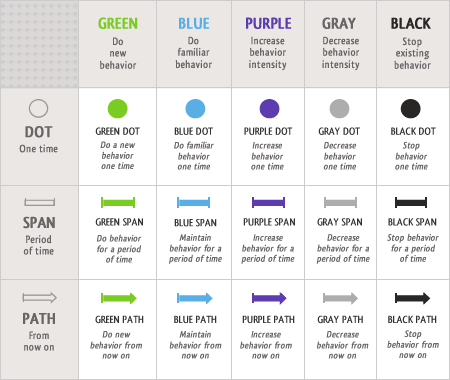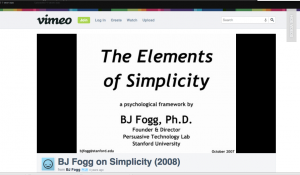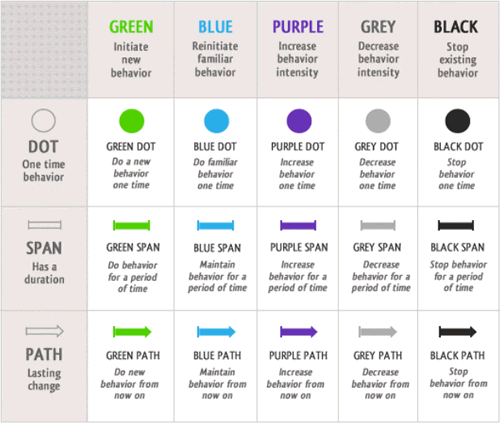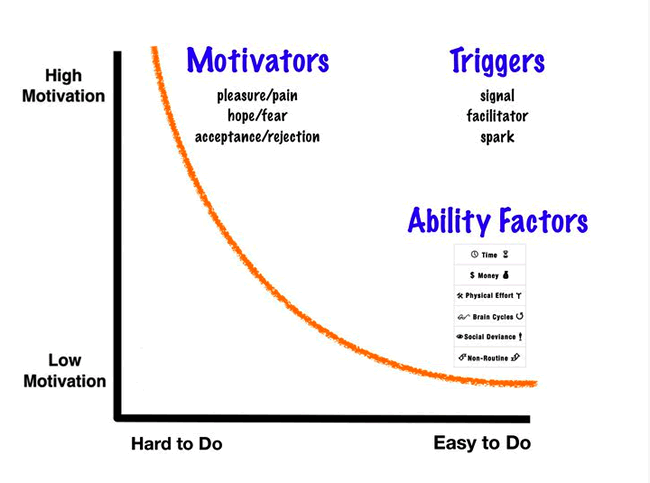 The best design solutions today change human behavior. Yet despite decades of research, challenges remain for people who design to influence.
The best design solutions today change human behavior. Yet despite decades of research, challenges remain for people who design to influence.
First, “persuasion” seems a dirty word. It shouldn’t be. We should now embrace that we’re in the business of behavior change. Next problem: conceptual confusion. The landscape of persuasion can be disorienting, muddied by impractical theories and over-hyped techniques. Our new work provides a clear view of behavior change, including language that is simple yet accurate.
Behavior change is a step-by-step process. This explains why one-shot solutions rarely achieve outcomes that matter most. To help designers and researchers succeed more often, my Stanford lab has created the “Behavior Wizard,” which maps routes to the 15 ways behavior can change.
What Matters in Behavior Design
1. We humans are lazy. BJ Fogg has mapped out the six elements of simplicity that account for this reality. With this new insight, we can pinpoint why many designs fail to achieve results. Simplicity matters more than motivation when it comes to influencing people.
2. Hot triggers change people. Many people would argue that information matters most when designing for behavior change. Not so. Hot triggers are the most powerful element in changing behavior.
3. Daily habits are powerful. In fact, daily habits are the most powerful of all behaviors. While technology can help people create good habits most attempts fail. Why? Few designers understand the psychology of long-term behavior change. We know what it takes to create a habit – in yourself, a customer, your dog.
Designing for behavior change via social and mobile tech is new, with no leading books or conferences to provide guidance. Our goal is to explain human nature clearly and map those insights onto the emerging opportunities in technology.
Behavior Design Project Team
The following people have contributed their time and energy to this project.
- BJ Fogg
- Lily Cheng
- Dave Miller
- Shuqiao Song





